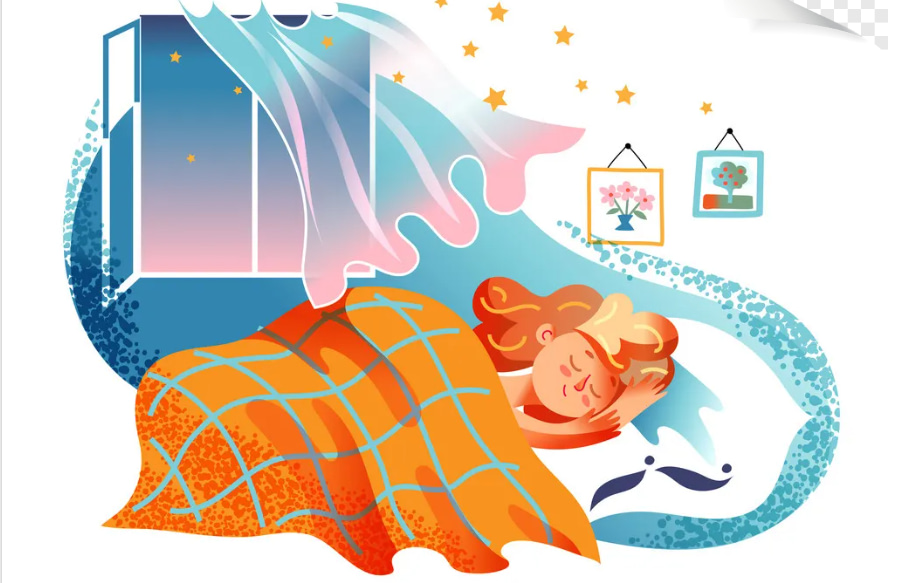[grwebform url=”https://app.getresponse.com/view_webform_v2.js?u=wfNAY&webforms_id=57753701″ css=”on” center=”off” center_margin=”200″/]
Benefits of Sleeping in a Cold Room
What are the benefits of sleeping in a cold room? Most people know that a good night’s sleep is important for overall health and wellness. They also realize that good sleep hygiene can help them get to sleep quicker and sleep better. Good sleep hygiene tips include not being exposed to screens before bedtime, reducing alcohol and caffeine intake, and getting plenty of natural light instead of artificial light during the day. But did you know that you can also improve the quality of your sleep by using something called “cold exposure”?
So what is cold exposure you ask? Cold exposure is simply the act of exposing yourself to cold temperatures. This can be done in a variety of ways, such as by taking a cold shower, going for a swim in a cold body of water, or spending time outside in cold weather. You may have heard that sleeping in a cool environment is conducive to getting the best night’s sleep.
With that said, this article is not suggesting that you sleep in cold temperatures, as 60⁰F to 66⁰F has been shown to be the ideal room temperature for sleep. Actually, sleeping in cold temperatures can make it difficult to get to sleep in the first place. In addition, suddenly feeling cold will cause you to wake up.
Increases slow wave sleep
So how can cold exposure help improve the quality of your sleep? First of all, spending time in the cold can help to increase slow wave sleep. Slow wave sleep is the deepest stage of sleep and is when our bodies heal and repair themselves. This is because cold exposure can lead to the production of melatonin. Melatonin is known as the “sleep hormone” because it helps us to get to sleep. This is part of the reason animals are able to get to sleep and hibernate in the cold winter months.
Melatonin helps us start to gradually wind down for bed time, so having a cold shower a couple of hours before hitting the sack is best. This is a great way to kick start melatonin production, especially if you are someone who struggles to go to sleep or if your sleep-wake cycle is out of sync.
The ideal length of a cold shower is two minutes. However, if you are just starting out with cold showers, this can seem like a long time. In which case it is a good idea to start with a few seconds each evening and work up to the full two minutes.
Increases brown fat
The best part about having a cold shower is that you will feel warm once you step out of it. This is due to the shiver reflex which is trying to keep you warm. Done over time, this shivering response can lead to the development of a type of fat called brown fat. Brown fat keeps us warm, especially when we are infants because it helps us burn fat. But for the purposes of this article, having more brown fat has been shown to increase the beneficial type of sleep that is restorative and therapeutic and important for our health.
Reduces inflammation
Cold exposure can help to reduce inflammation, which is a known contributor to poor sleep quality. Inflammation is a response by the body to infection, injury, or irritation. It is characterized by redness, swelling, and pain. Although it is a natural response by the immune system, chronic inflammation can lead to a number of diseases.
Think about when you were a child and had taken a tumble and hurt yourself. It is likely that your mother applied a cold pack to the injury. This is because cold exposure helps fight inflammation by constricting blood vessels. This decreases the amount of blood that flows to the area of injury or irritation, which in turn reduces swelling and pain. Additionally, cold exposure can help reduce inflammation by numbing nerve endings which provides relief from pain and promotes healing.
Cold and Chronic Inflammation
Although chronic inflammation is not quite the same as scraping your knee, which is acute inflammation, it can lead to pain and disease. However, cold exposure helps fight inflammation by stimulating the release of anti-inflammatory compounds such as endorphins and adrenaline. These compounds help to control and reduce inflammation. Additionally, cold exposure increases the production of white blood cells, which are responsible for fighting infection.
What has this got to do with sleep? If you are suffering from chronic inflammation, it can cause insomnia. This means that you will find it hard to settle down and get to sleep, will wake up a lot during the night, and then struggle to get back to sleep again. Inflammation is caused by chemicals called cytokines, and the presence of these can affect our sleep.
Just to add insult to injury, if you suffer from poor sleep or have just one night of no sleep, it can cause inflammation, which then has a knock-on effect of leading to more low quality sleep, which is another good reason to get into the cold shower on a regular basis.
Conclusion
If you’re looking for another way to improve the quality of your sleep, consider adding some cold exposure to your nightly routine! Although cold exposure can help you sleep better indirectly by reducing inflammation and increasing brown fat, it can also help you sleep much better by increasing slow wave, deep sleep.
Click here for an informative article, The Best Temperature For Sleep, by SleepFoundation.org.
[grwebform url=”https://app.getresponse.com/view_webform_v2.js?u=wfNAY&webforms_id=63128901″ css=”on” center=”off” center_margin=”200″/]

